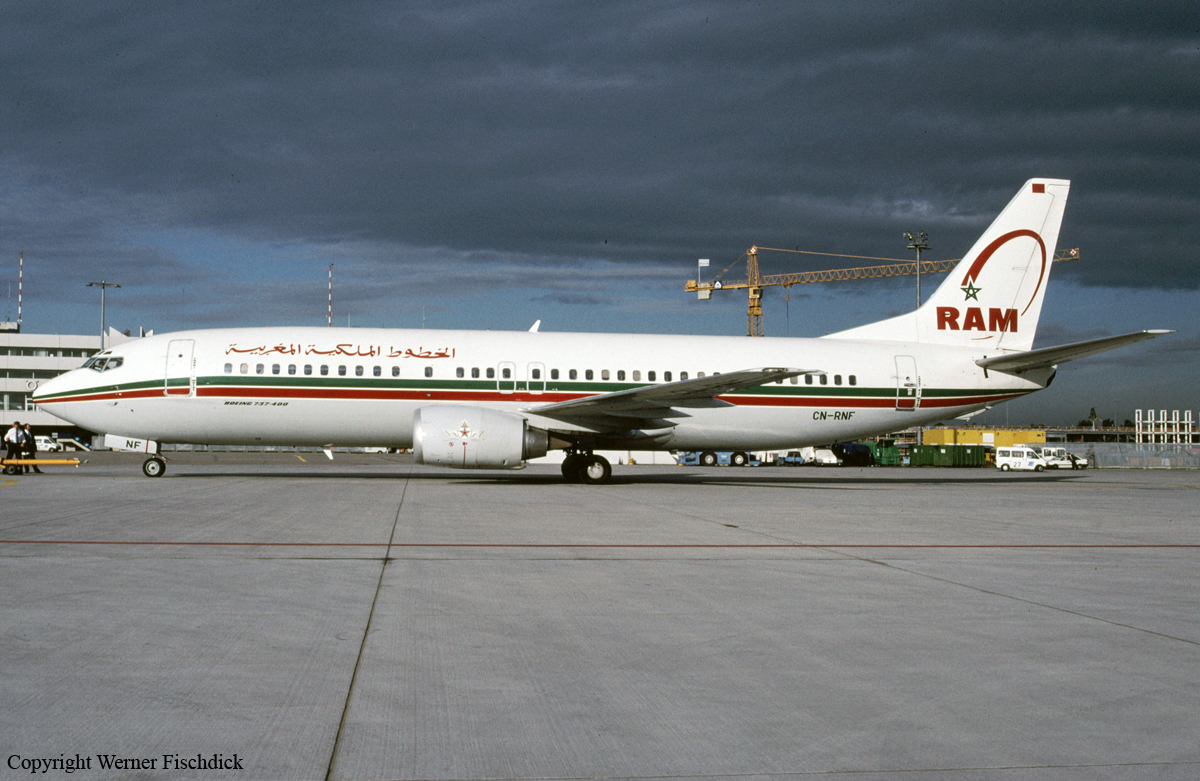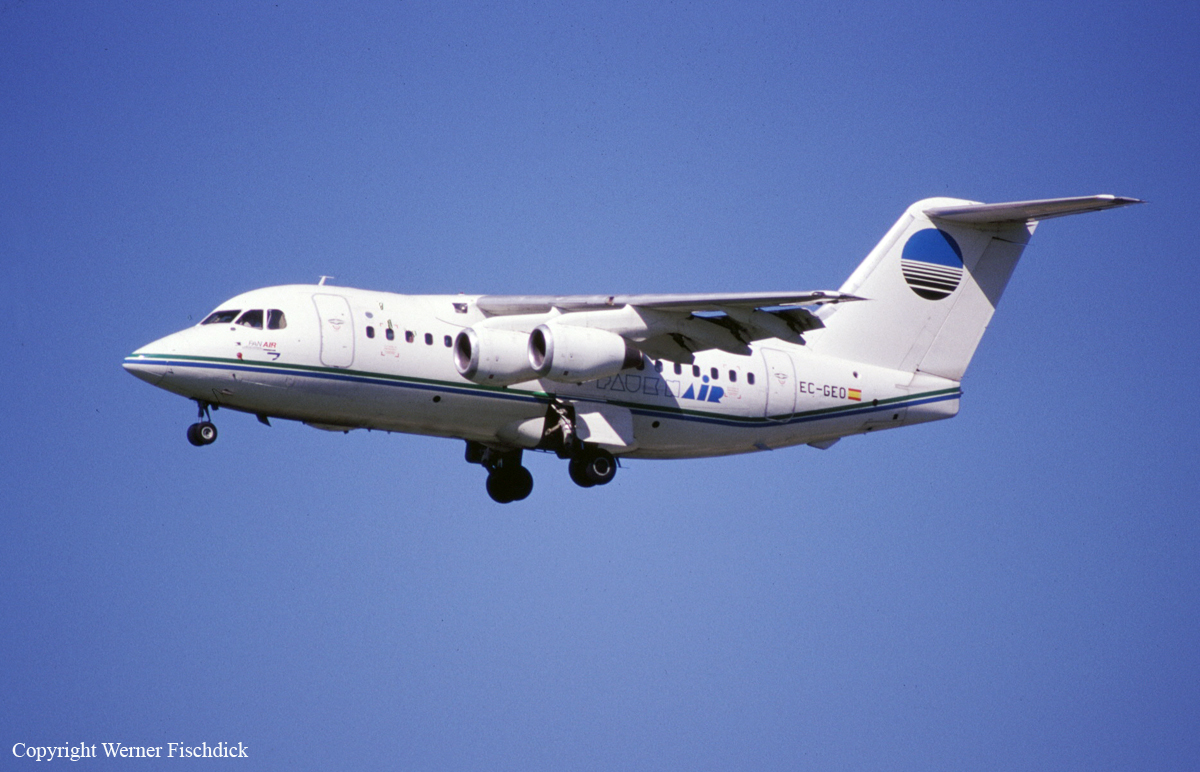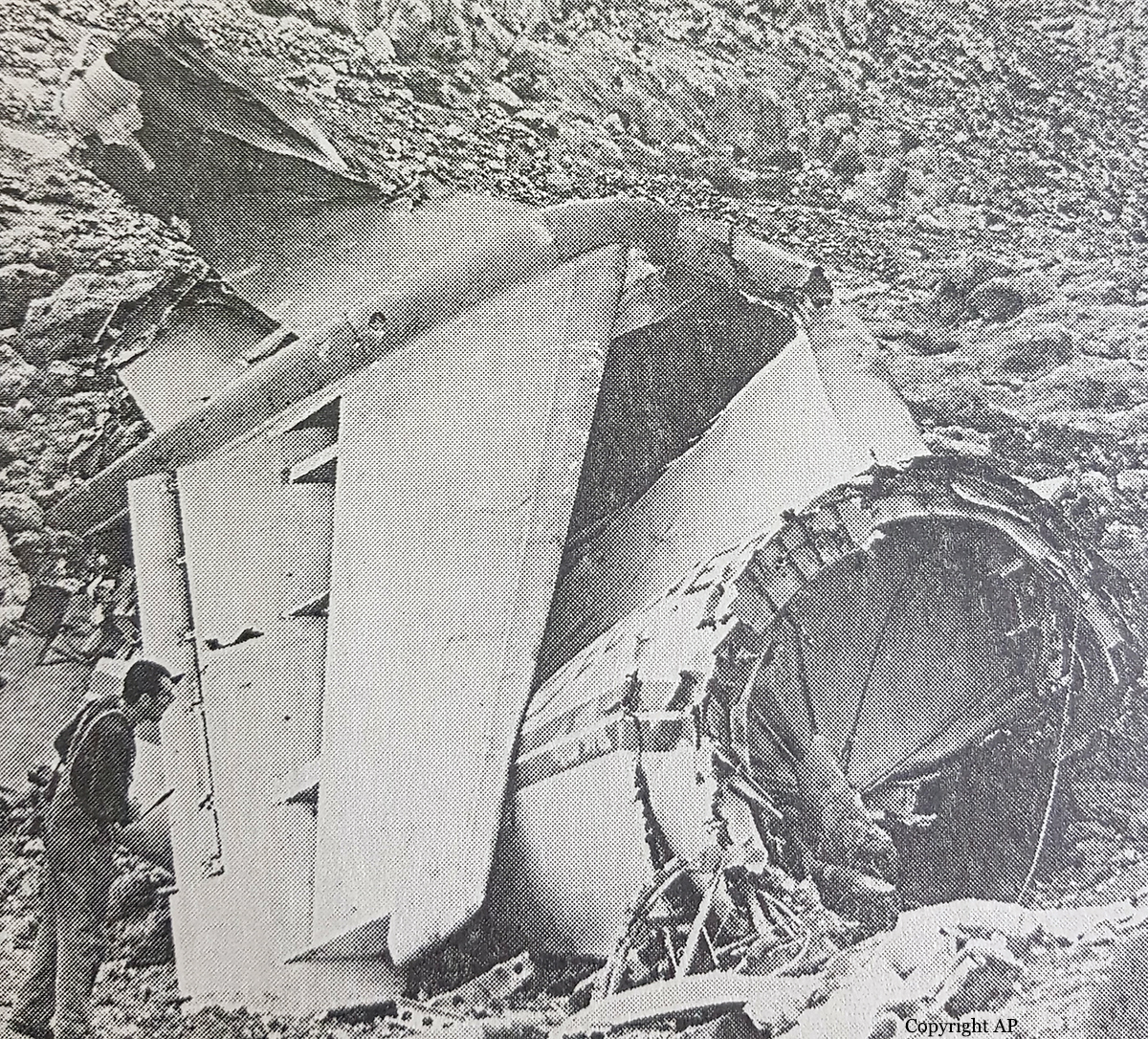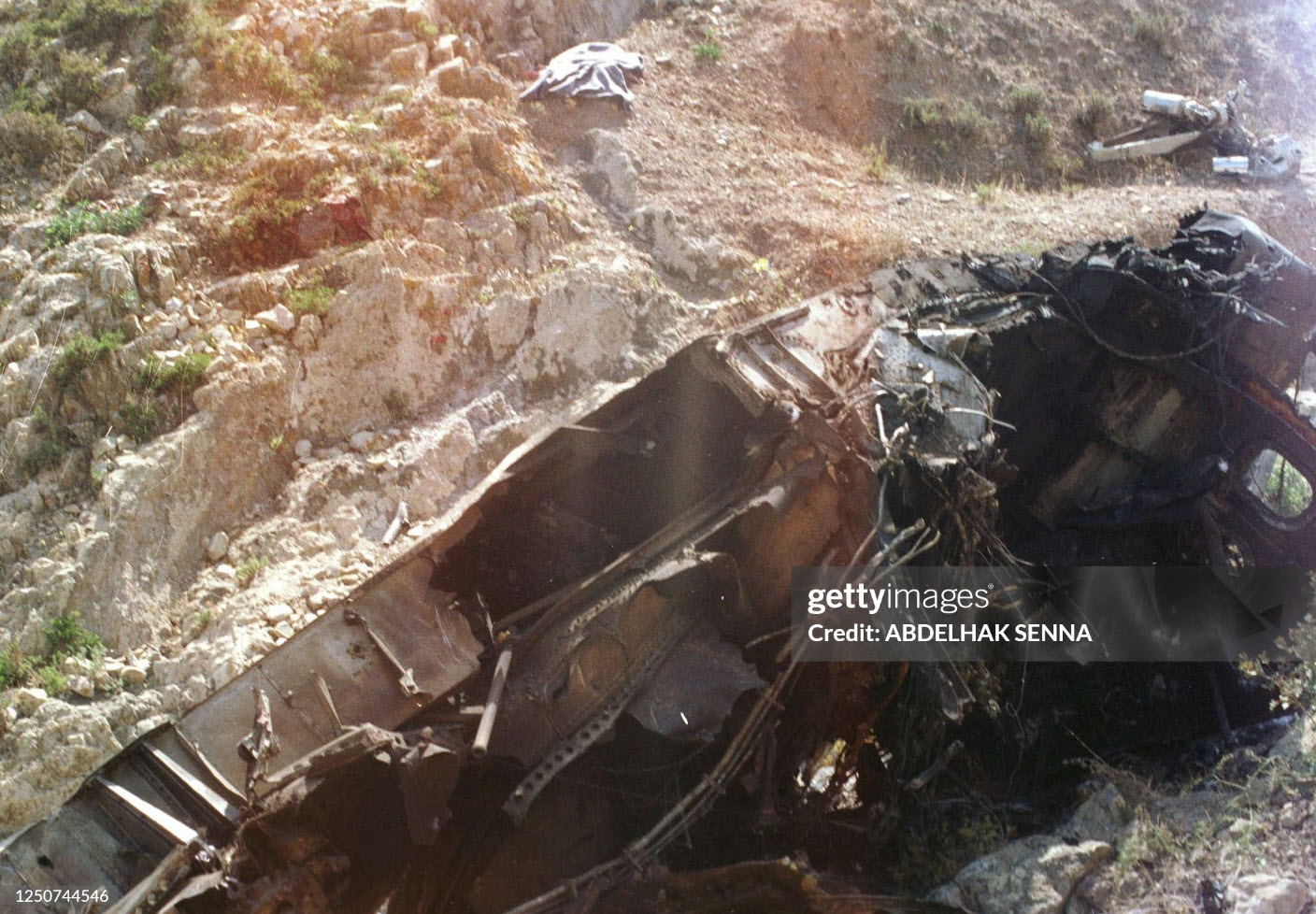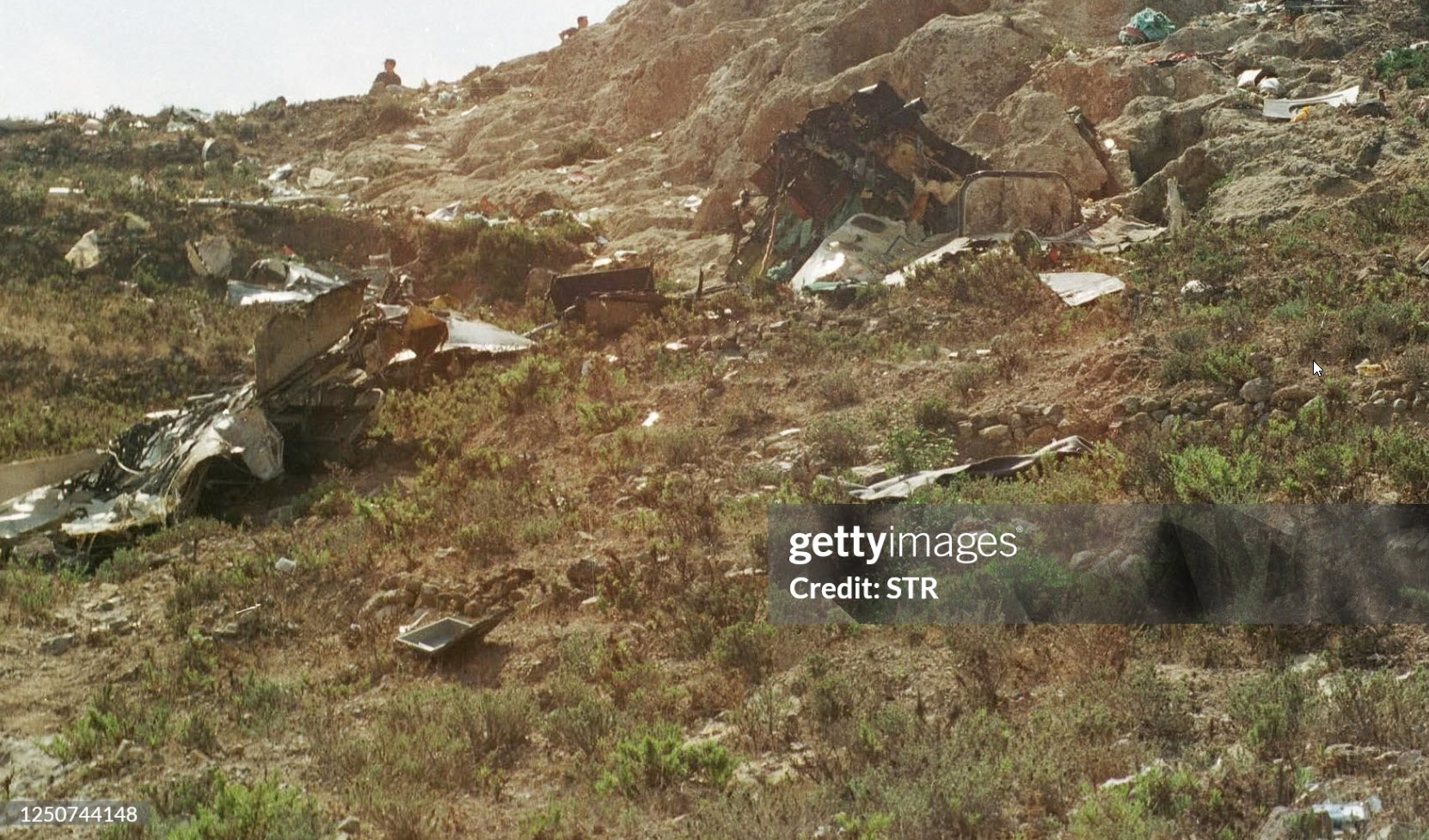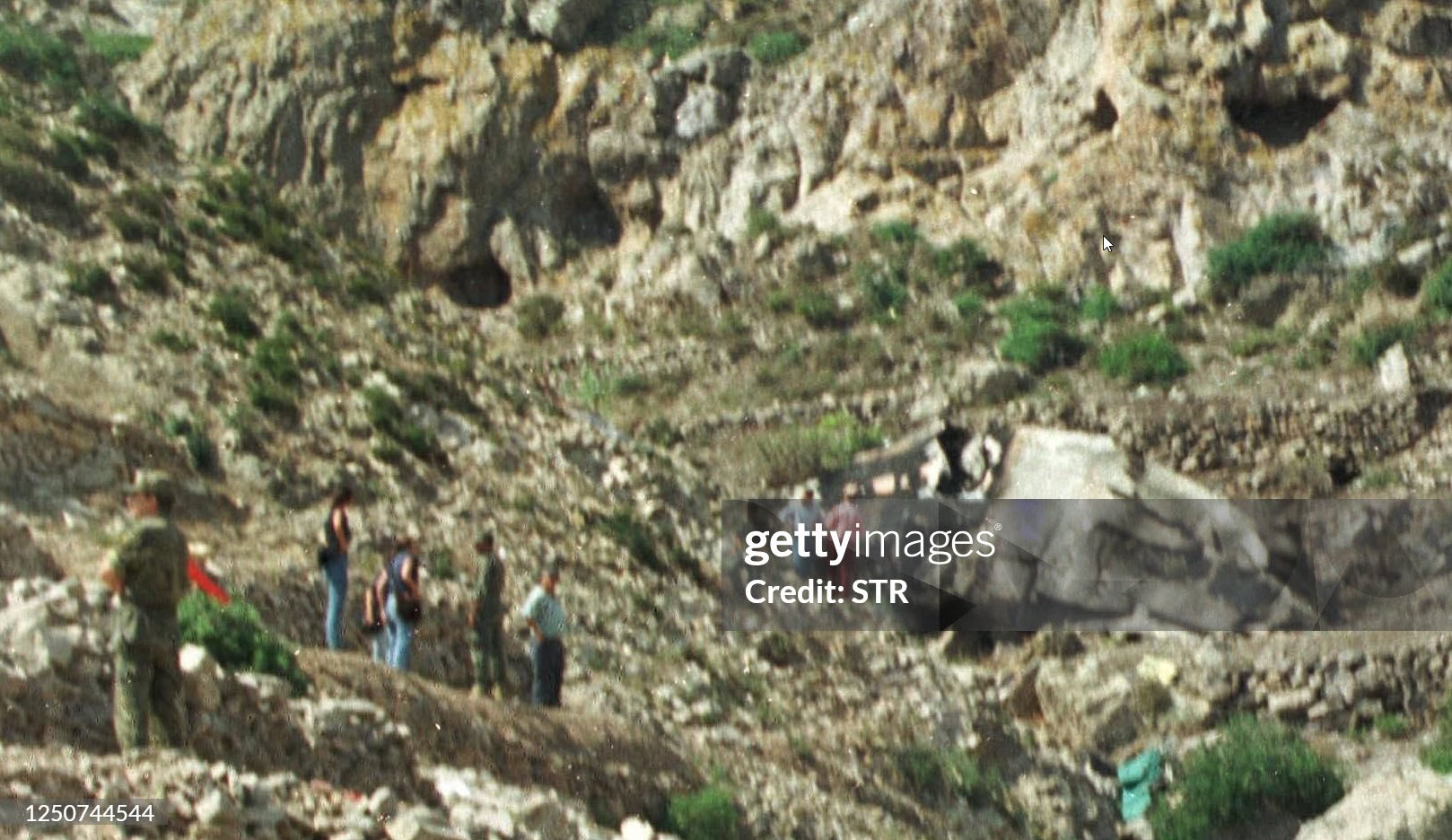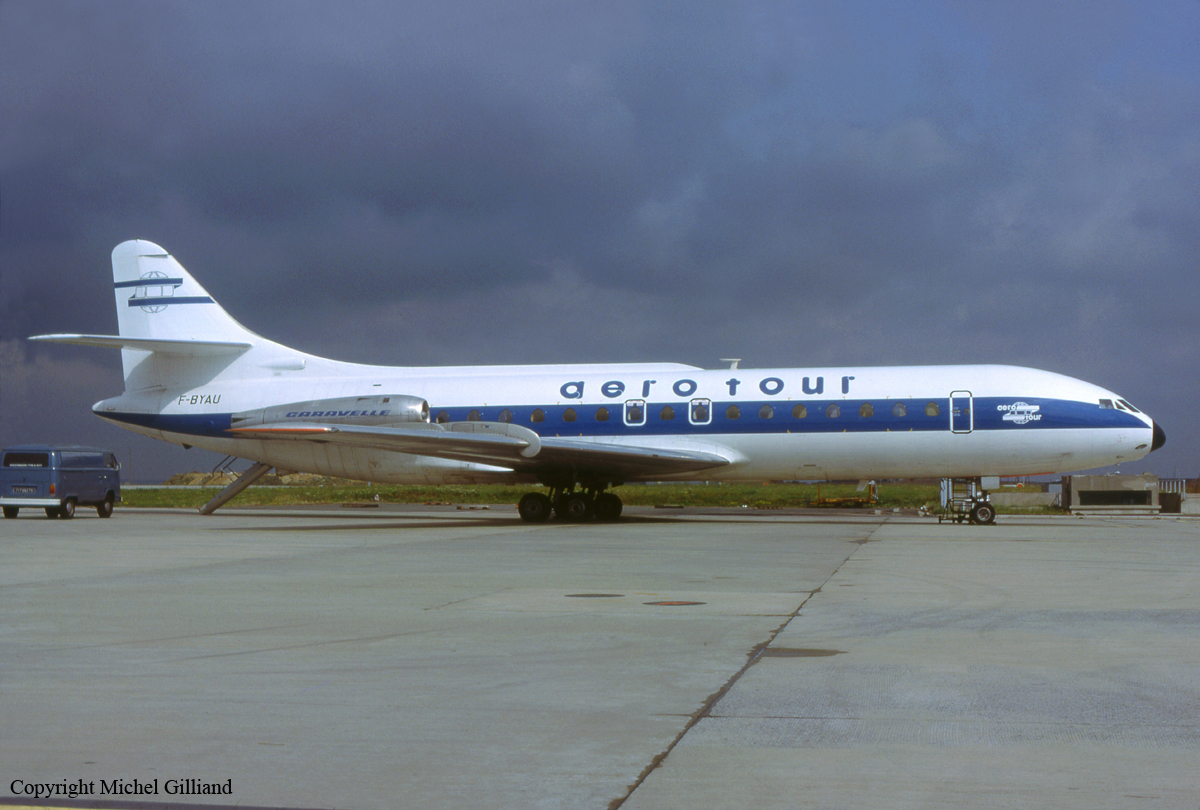Crash of a Boeing 737-4B6 in Oujda
Date & Time:
Mar 26, 2003
Registration:
CN-RNF
Survivors:
Yes
MSN:
27678
YOM:
1995
Crew on board:
7
Crew fatalities:
Pax on board:
53
Pax fatalities:
Other fatalities:
Total fatalities:
0
Circumstances:
During a night approach, the aircraft landed 20 metres to the right of runway 06 in a slight right bank. It continued to roll for several hundred metres before coming back onto the paved surface. Doing so, the nose gear collapsed and the aircraft came to rest. All 60 occupants escaped uninjured while the aircraft was damaged beyond repair. The visibility was reported to be 1,600 metres at the time of the accident.
